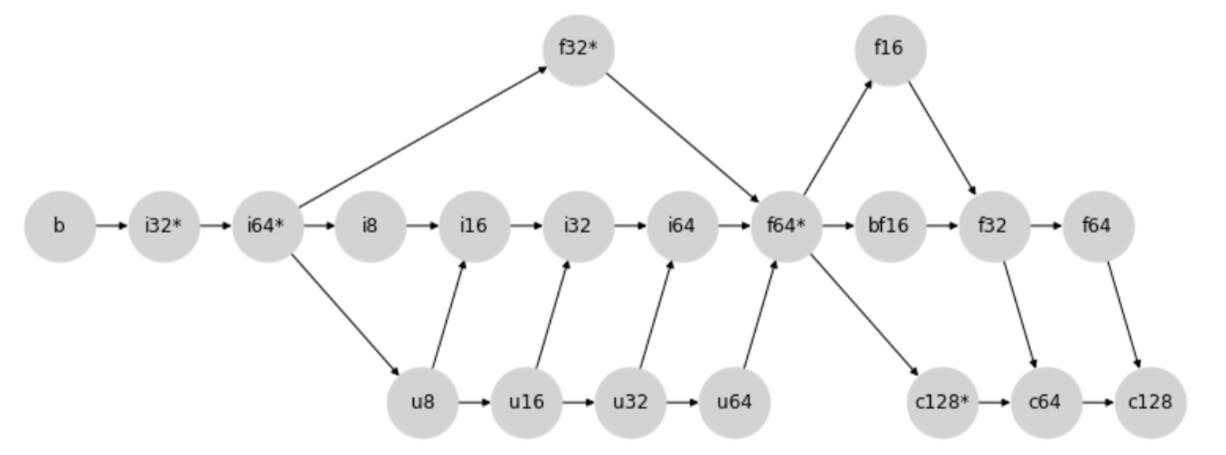Creating excellent content is half the battle, encouraging clicks is the other half. Your blog title is your initial (and sometimes sole) opportunity to leave an impression. Particularly in a space like security, where technical readers are bombarded continuously with new entries, reports, and studies, your headline must cut through the noise without resorting to clickbait.
In this guide, you’ll learn how to write blog titles that grab attention, earn clicks, and build trust, specifically for a cybersecurity audience.
Prefer watching instead of reading? Here’s a quick video guide
Why Blog Titles Matter So Much
Think about this: when your article appears in a Google search, Twitter feed, newsletter, or Hacker News thread, all the reader sees is the title.
- A weak title = fewer clicks
- A strong title = curiosity + engagement
Security professionals are busy and skeptical. They often scan headlines and make split-second decisions on whether a post is worth their time. So your title needs to do the following:
- Promise value
- Show relevance
- Be clear (not confusing)
- Reflect the tone of the article
Understand Your Audience: Who Are Security Readers?
Before crafting the title, understand who you’re writing for. In cybersecurity, readers may include:
- Penetration testers and red teamers
- SOC analysts and blue teamers
- Secure coding developers
- Cloud and IT engineers
- Security researchers and students
- CISOs and security leaders
Various readers are interested in various things. A novice could be interested in “what is X,” whereas a red teamer could click on “how to bypass Y in Z.”
Therefore, prior to writing the title, ask:
- Who am I writing this blog post for?
- What issue does this post resolve for them?
- What word or phrase will make them pause and click?
10 Proven Title Formats That Work in Cybersecurity
Let’s examine title formats that actually get read by security readers. For each, we’ll provide examples you can modify.
“How to” Titles
They work because they offer actionable value.
Examples:
- How to Perform a Basic Vulnerability Scan with Nmap
- How to Secure Your Linux Server in Under 15 Minutes
- How to Detect Malicious Scripts Using Wireshark
Tips: Reserve “how to” for tutorials, walkthroughs, or step-by-step guides. Reserve the rest of the title for clarity and specificity.
Listicles and Count-Based Titles
Numbers aid the brain in processing information rapidly.
Examples:
- 7 Open-Source Tools Every SOC Analyst Should Know
- 10 Command-Line Tricks for OSINT Investigations
- 5 Mistakes That Can Expose Your Web App
Tips: Steer clear of large numbers (such as 100). Use 3–15. Odd numbers tend to do better.
“X vs Y” or Comparison Titles
Comparison posts assist readers in making a decision or increasing understanding.
Examples:
- CrowdStrike vs SentinelOne: Which Is Better for Small Teams?
- MFA vs 2FA: What’s the Real Difference?
- Kali vs Parrot OS: Which Should You Use in 2025?
Question-Based Titles
Utilize a question that your readers may Google or be curious about.
Examples:
- Is HTTPS Enough to Secure Your Website?
- What Can Hackers Do with Your IP Address?
- Why Do Phishing Attacks Still Work in 2025?
Myth-Busting or “Truth” Titles
These pique interest and provoke assumptions.
Examples:
- 5 Cybersecurity Myths You Probably Still Believe
- The Truth About Password Managers
- Antivirus Is Dead, Or Is It?
Explainer Titles
Break down complicated subjects in easy-to-understand terms.
Examples:
- Web Application Firewalls Explained in Plain English
- What Is the OWASP Top 10 and Why It Matters
- Zero Trust Architecture: A Beginner’s Guide
Real-World Examples / Case Studies
People enjoy witnessing how attacks occur in the wild.
Examples:
- How Hackers Used QR Codes to Breach a Bank
- A Real Phishing Email Analysis (With Screenshots)
- What We Learned from the Log4j Exploit
Warning or Urgency Headings
These are good to use when there’s a time-sensitive danger or critical update.
Examples:
- Critical Cisco Vulnerability Discovered, Patch Now
- This One Simple Error Can Leak Your VPN
- Your Smart TV May Be Spying on You
Career and Learning Headings
Excellent for drawing students, juniors, or career changers.
Examples:
- How to Start in PenTesting (No Experience Required)
- 10 Free Resources to Learn Cybersecurity in 2025
- Certifications vs Skills: What Matters More in Cybersecurity?
Tool-Focused Titles
Security professionals adore tools. If your article discusses one, mention that.
Examples:
- Mastering Nmap: 5 Scans Every Hacker Should Know
- Using Wtfis for Human-Friendly OSINT
- A Beginner’s Guide to Burp Suite in 2025
More Tips for Better Titles
Be Specific: Write “How to Secure Your SSH Server from Brute-Force Attacks” rather than: How to Improve Security
Steer Clear of Jargon: Excessive technical terms in the title are likely to confuse or repel readers.
Keep Keywords Natural: Consider what readers would search. Use words like “vulnerability,” “scan,” “attack,” or particular tools (such as “Wireshark”).
Don’t Clickbait: Cybersecurity readers appreciate honesty. If your title indicates “step-by-step guide,” it had better be a guide.
A/B Test If You Can: Experiment with alternate headlines in newsletters, Twitter, or LinkedIn to find out what generates more response.
Bonus: Use This Checklist Before Publishing
- Does the title promise value or insight?
- Is it obvious who the post is addressed to?
- Is it timely and relevant?
- Is the writing plain and human-oriented?
- Would you click on it?
Final Thoughts
Your top cybersecurity content is still lost in the fray if the title does not pique interest. A good blog title isn’t about misdirecting the reader, it’s about being crystal clear and engaging in communicating value within.
Next time you sit down to draft a blog, begin with two or three potential titles before selecting the most appropriate. Test them. Edit them. And never forget about the reader.












